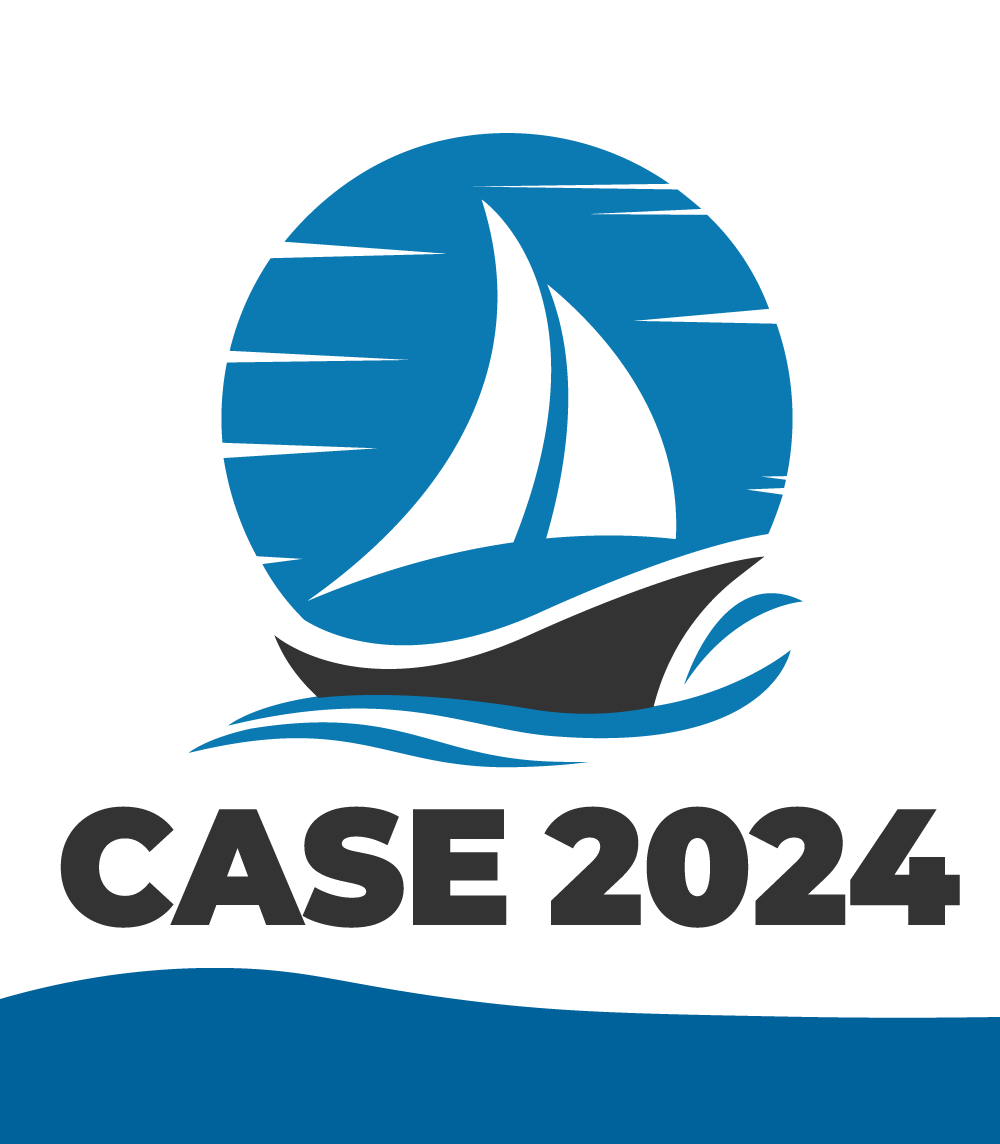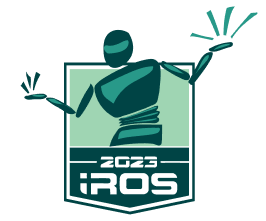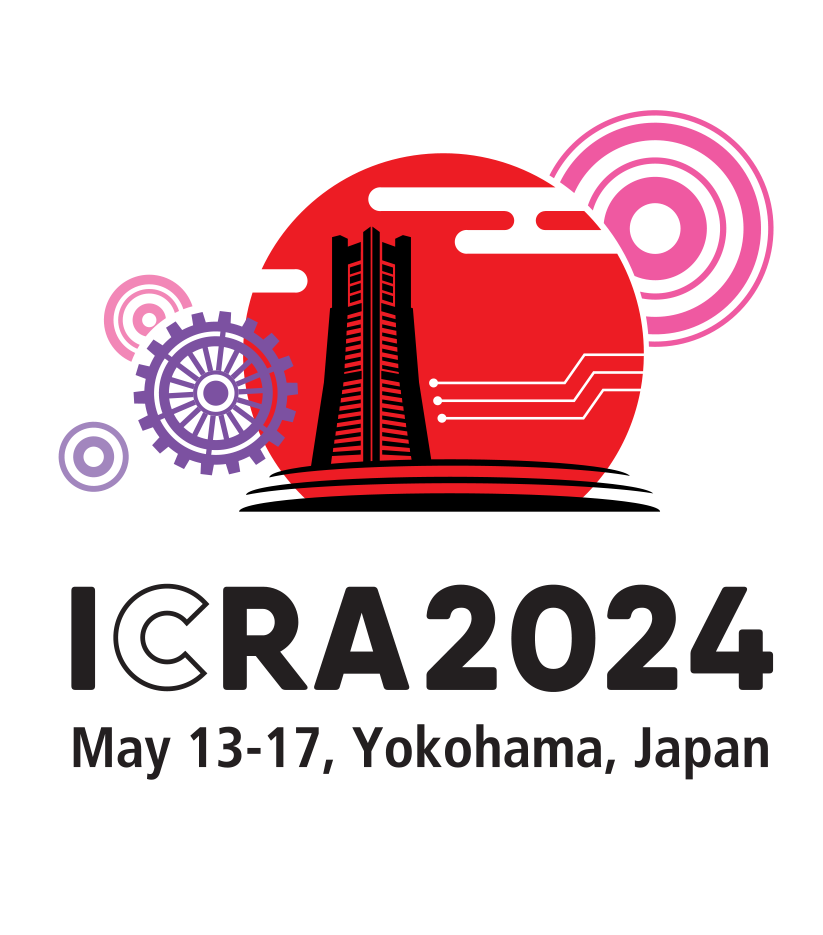RAM Call for Papers: Special Issue on Extended Reality in Robotics
Aim and Scope
Extended reality (XR), which combines the real and the virtual worlds, is greatly enhancing interaction possibilities between robots and humans, leading to a paradigm shift where the two entities can intuitively cooperate to perform a shared-target task. Many XR devices are essentially performing the same spatial perception tasks as mobile robots (e.g., visual simultaneous localization and mapping) and thus XR provides an opportunity for robots and the humans using these devices to colocalize through a common understanding of their space, which also enables easier human-robot interaction.
Extended reality interfaces can be realized through Augmented Reality (AR), where an operator’s perception of the real world is enhanced through the superimposition of virtual objects and information, Virtual Reality (VR), where the operator is immersed in a 3D virtual world, or Mixed Reality (MR), where the user can both see and interact with digital content that is superimposed over the real world. A key enabler of human-robot collaboration is the colocalization and shared spatial intelligence that AR and MR can provide.
The COVID-19 pandemic has highlighted an unprecedented need for immersive platforms that can facilitate safer working conditions through tele-robotics control. Healthcare workers, for example, can use XR technologies to enable intuitive collaboration for remote perception and control, such as diagnosis, treatment planning or patient monitoring. In this context, research efforts have received a significant push towards realizing fascinating promises in several application fields, with extended reality being a prime contender to offer immersive experiences, even from remote locations. For instance, they can enable immersive remote inspection in dangerous environments.
This special issue will explore recent advances in AR, VR and MR for human-robot interactions in different application fields (e.g., healthcare, manufacturing, inspection in hostile environments, education, entertainment and retail). This is a unique opportunity to present recent results in this research field and discuss further possible target applications and development opportunities.
Topics
Augmented reality in robotics
Virtual reality in robotics
Mixed reality in robotics
Human-robot interaction
Industrial robotics
Medical robotics
Agricultural Robotics
Remote Maintenance Robotics
Space robotics
Situation/ context awareness
Remote control
Telerobotics
April 2021 - Call for papers
15 July 2021 - Submission deadline
15 September 2021 - First decision to authors
30 October 2021- Resubmission
1 December 2021 - Final decision
15 December 2021 - Final manuscripts upload
20 December 2021 - Guest editorial due
March 2022 - Publication
Guest Editors:

Elena De Momi
Politecnico di Milano
Milan, Italy

Mark A. Minor
University of Utah, USA

Paul Chippendale
Fondazione Bruno Kessler
Italy
Mahdi Tavakoli
University of Alberta
Canada

Giovanni Rossini
Artiness
Italy
giovanni.rossini@artinessreality.com

Jeffrey Delmerico
Microsoft Mixed Reality and AI Lab
Switzerland
Jeffrey.Delmerico@microsoft.com

Antonio Frisoli
Scuola Superiore Sant'Anna (SSSA)
Pisa, Italy
e-mail: antonio.frisoli@santannapisa.it








